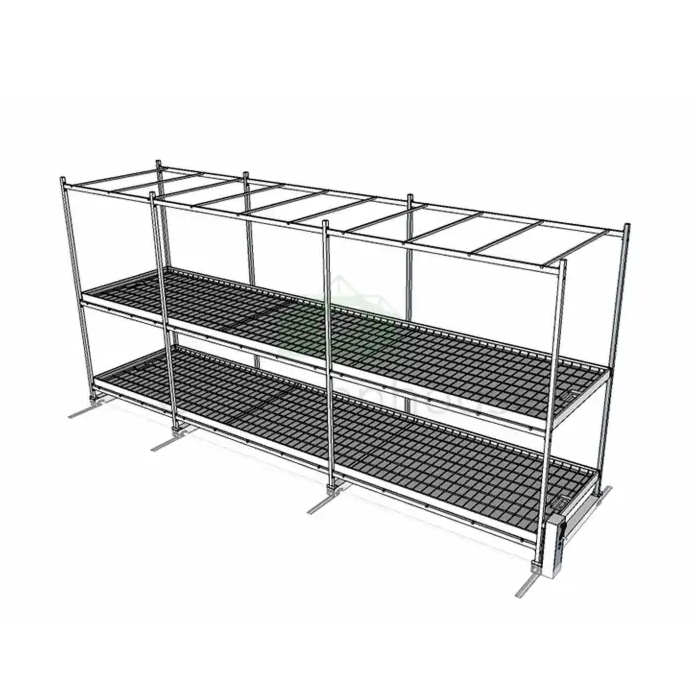Mobility:
Static Grow Racks: These are fixed in place and do not move. They are designed to remain stationary in a specific location.
Mobile Grow Racks: These are mounted on wheels or casters, allowing them to be easily moved and rearranged as needed.
Space Utilization:
Static Grow Racks: Since they are fixed in place, they utilize a specific footprint in the grow space. The arrangement of plants on the shelves is generally static.
Mobile Grow Racks: The mobility of these racks allows for better space utilization. They can be rearranged, nested, or consolidated to optimize the use of available grow space.
Accessibility:
Static Grow Racks: Access to the plants on the shelves is limited to the fixed positions of the rack.
Mobile Grow Racks: The mobility of the racks allows for better accessibility, as they can be easily moved to reach the plants on all shelves.
Scalability:
Static Grow Racks: Expanding a static grow rack system often requires adding more fixed units, which can be limited by the available floor space.
Mobile Grow Racks: Mobile racks can be more easily scaled up or down by adding or removing individual units as needed, providing greater flexibility.
Maintenance and Cleaning:
Static Grow Racks: Cleaning and maintenance around static racks can be more challenging, as they are fixed in place.
Mobile Grow Racks: The mobility of the racks allows for easier access and cleaning of the surrounding areas.
The choice between static and mobile grow racks depends on factors such as the available space, the need for flexibility, the frequency of rearrangement, and the specific requirements of the grow operation. Mobile grow racks offer more flexibility and efficient space utilization, but static racks may be preferred in some scenarios where a fixed layout is more suitable.

Copyright:@2020-2021
Comments Please sign in or sign up to post.
0
0 of 500 characters used